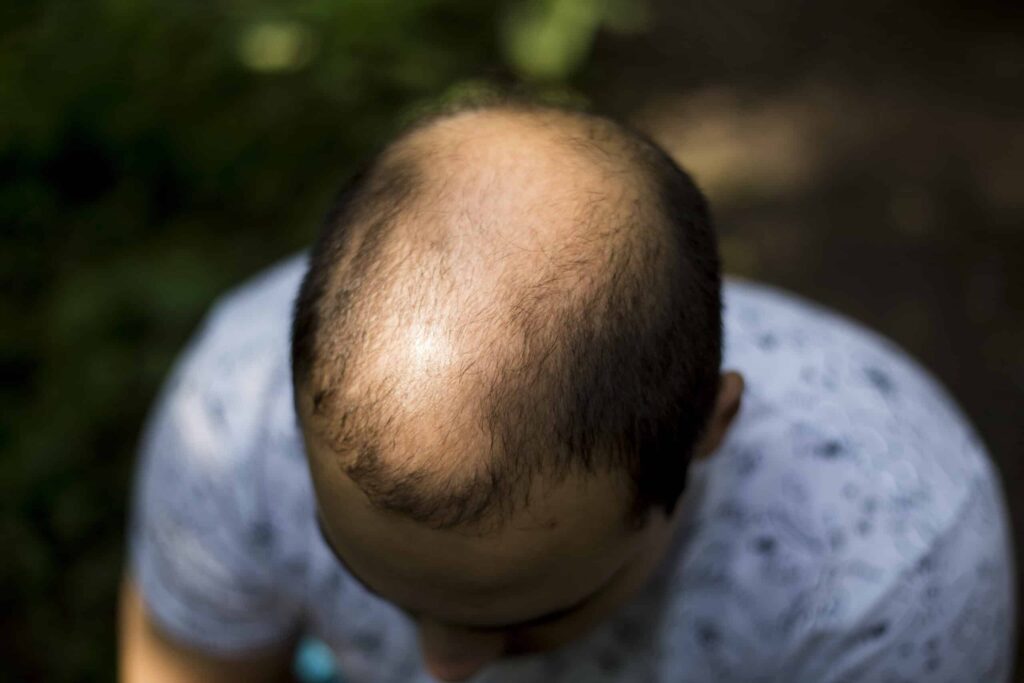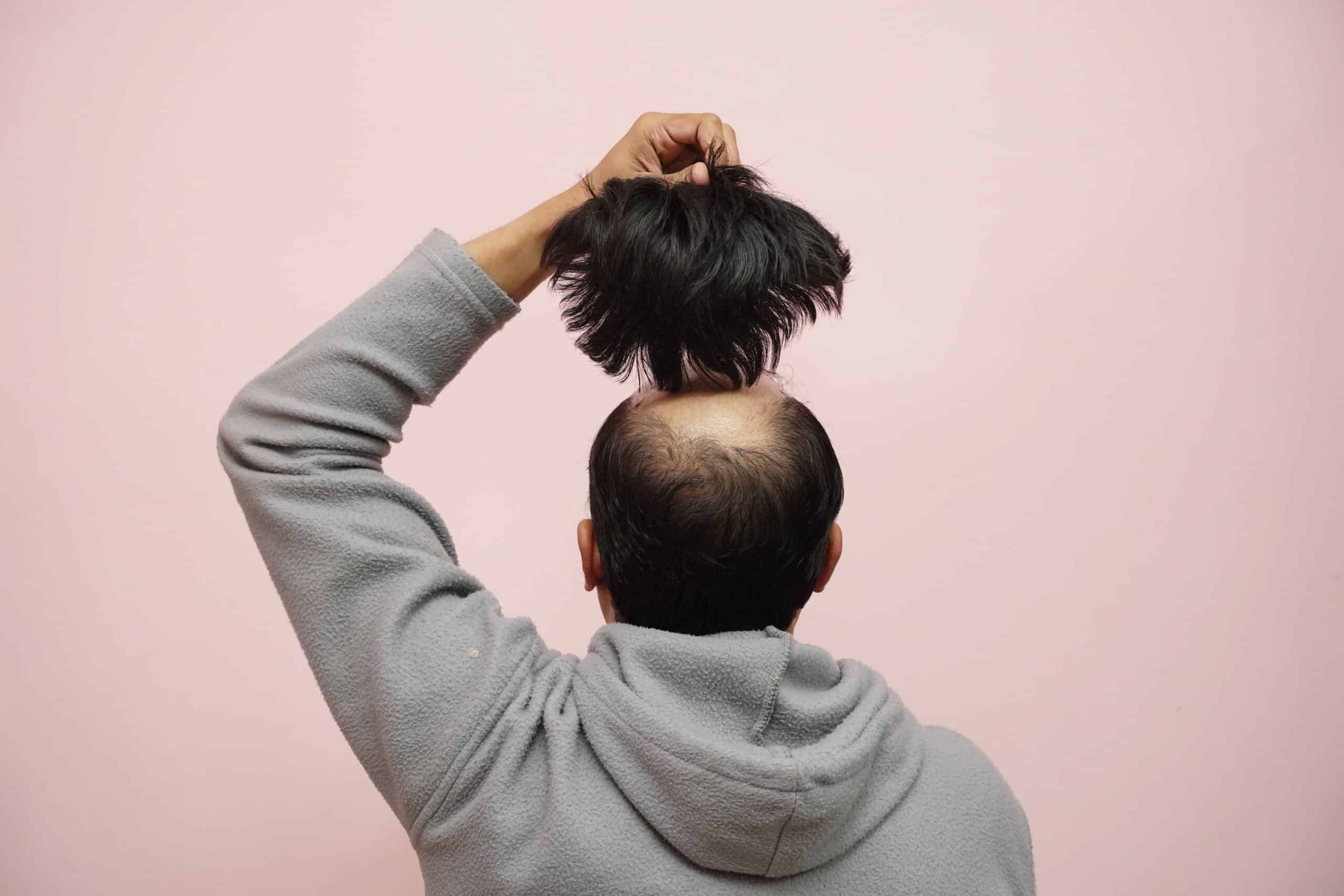


Dealing with hair loss can be difficult when you become more self-conscious in social situations. It’s normal to think about concealing your thinning spots and you may be pondering over wearing a wig or going for a hair transplant procedure.
To help you make an informed decision, we will share the pros and cons of each option. You can decide which is more suitable for your lifestyle and aesthetic goals.
A permanent wig can be a comfortable and convenient way to hide your baldness. It is a hairpiece designed to cover bald spots or thinning areas on the scalp. It is medically referred to as a hair prosthesis or hair replacement system.
Your hair prosthesis can be made of real or synthetic hair that matches the color of your natural hair. Its base will be custom-made to fit your cranial measurements. After that, the wig will be secured to your scalp with medical-grade adhesive. The adhesive must be replaced every six to eight weeks, and the wig can last between six and twelve months.
Permanent wigs can be an option for hair loss patients who are exploring non-surgical treatment options.
No Downtime
Wearing a wig allows you to enjoy your daily activities as usual, with no time needed for recovery.
Suitable For All Cases Of Baldness
A hair prosthesis is a suitable option for all cases of baldness including androgenic alopecia, telogen effluvium, alopecia areata.
Less Expensive
A permanent wig is less expensive than a hair transplant.
While wigs can be a quick solution, they don’t address the root cause of your hair loss and come with certain downsides.
Uncomfortable
Wigs may be uncomfortable at times and may require frequent adjustments or customisation.
Maintenance
A hair prosthesis requires periodic maintenance to renew the adhesive securing the wig to your scalp.
Non-permanent Solution
A hair prosthesis has a lifetime of about six to twelve months, after which, a new replacement is needed
Difficulty Sleeping And Showering With A Wig
You may find it hard or impossible to sleep and shower with your wig. The friction from your pillow as you toss in your sleep can loosen the adhesion on your wig. Water contact can do this, too.
Hair transplant is a surgical procedure done on the scalp. The common technique for this follicular unit extraction (FUE). It involves moving your hair follicles from one area of the scalp (usually the back or sides of your head) to thinning or balding areas of your scalp. If you have extensive balding on your scalp, your doctor can harvest hair follicles from other parts of your body for the FUE hair transplant.
The follicular units are carefully embedded in small incisions on the scalp to grow and fill your thinning or balding areas over time.
FUE hair transplant surgery is ideal if you want to achieve hair regrowth and not just cover bald spots. It can help you regain fullness and thickness in your strands. Hair growth from this procedure has the potential to last many years.
Some of the most noted advantages of a FUE hair transplant surgery are:
Long-lasting Or Permanent Results
Hair transplants are considered a permanent solution for hair loss, as the transplanted hair follicles can continue to grow and produce hair for good.
Fuller And More Natural-looking Hair
Transplanted follicles grow hair just like your usual follicles and the new hair looks natural.
Improves Confidence
You may feel more confident with hair that feels natural and is not a synthetic addition to your scalp.
FUE hair transplant has potentially longer lasting results but, as with any surgical procedure, it comes with certain risks. These can be minimised by consulting a professional.
Infection, Bleeding, Swelling & Scarring
Due to the invasive nature of hair transplantation, you may experience side effects such as infection, bleeding, swelling and scarring after the procedure. With proper aftercare, though, these can be treated or prevented altogether.
Unsuccessful Transplants
There is a risk that the transplanted hair follicles may not successfully grow hair. Unsuccessful transplants may be caused by one or more of the following factors:
In some cases, multiple hair transplant procedures may be necessary to achieve the desired result.
Not For Everyone
People who have scarring and extensive hair loss with few hair follicles to spare may not be suitable for this procedure.
As seen above, there are various factors to consider when deciding between a permanent wig and a FUE hair transplant surgery.
At SL Aesthetic Clinic, we offer FUE hair transplant but do not see this procedure in isolation from hair wigs and other hair loss solutions. Some clients may be using wigs as a transitional phase before going for surgery.
We’ll take into consideration your health needs and talk you through the cost of hair transplant, before coming up with a treatment plan. Contact us today for a consultation.
Like what you read? Share them!